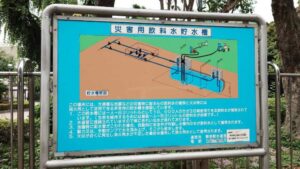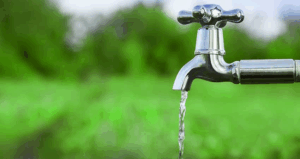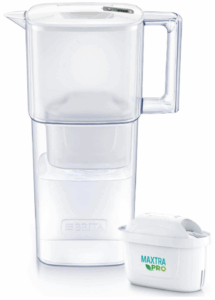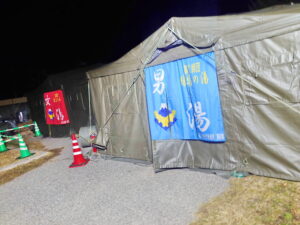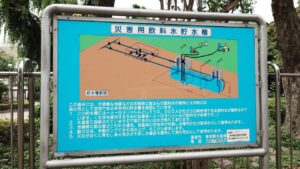Are you familiar with the population of the Greater Tokyo Area?
Rather than administrative units such as prefectures or cities, the global standard often refers to “urban agglomerations.” According to this definition, the Greater Tokyo Area has a population of 37.75 million people, making it the largest in the world (Source: Demographia, April 2016). Jakarta, Indonesia, ranks second with 31.32 million, followed by Delhi, India, with 25.74 million.
Now imagine a massive earthquake directly beneath this densely populated region.
This article focuses on Tokyo’s 23 special wards to explore how many people would lose access to water in the event of such a disaster, and how we can be prepared to respond effectively.

Water Outages in Tokyo’s 23 Wards
The population of Tokyo’s 23 wards is 9.857 million (as of June 2024).
According to damage estimates by Japan’s Cabinet Office, the number of people who could lose access to water in the event of a major Tokyo-area earthquake could reach up to 11 million.
The estimated number of people without water over time is as follows:
| Days Elapsed | Estimated Maximum Population Without Water |
|---|---|
| Immediately after the quake | 11 million |
| After 5 days | 3 million |
| After 14 days | 2 million |
| After 30 days | 500,000 |
| Source: Cabinet Office “Damage Estimates from Tokyo Inland Earthquake” (2022), p.19 | |
Although the exact epicenter may vary, it is highly likely to occur somewhere within Tokyo. Therefore, the 23 wards are expected to account for the majority of the affected population.
Tokyo Metropolitan Government’s Water Bureau Earthquake Preparedness
So how is the Tokyo Metropolitan Government’s Bureau of Waterworks preparing for such a large-scale disaster?
We find a detailed answer in FY2024 Business Overview, Chapter 3, Section 2: Earthquake Preparedness.
In short, it appears that
“all reasonably foreseeable countermeasures have either already been implemented or are currently in progress.”
A summary of the Bureau’s measures by type of infrastructure is shown below.
Physical Infrastructure (Hard Measures)
| Facility Type | Seismic Reinforcement Status (as of FY2023) | Remarks |
|---|---|---|
| Reservoirs | Nearly 100% reinforced | Duplicated and structurally reinforced |
| Purification Plants | 6 major plants fully reinforced | |
| Distribution Reservoirs | Approx. 80% reinforced | Targeting 100% by FY2030 |
| Transmission Mains | Ongoing upgrades in priority areas | Focus on aging and complex zones |
| Emergency Generators | Partially installed, ongoing implementation | Securing 72 hours’ worth of fuel |
Organizational Measures (Soft Strategies)
In addition to physical infrastructure, the following organizational (soft) strategies are also in place:
- Disaster Response Plans: Completed
- Disaster Simulation Drills: Conducted at least twice a year
- Emergency Waterworks Response Teams: 600 personnel deployed
- Mutual Support Agreements: Signed with 50 water utilities nationwide
As seen above, Tokyo is steadily progressing with well-organized preparations as a leader among Japan’s water utilities.
For more details, refer to FY2024 Business Overview, Chapter 3, Section 2: Earthquake Preparedness, which provides a concise yet clear explanation.
In the next article, we will discuss what scenarios are expected in such a disaster, even in a well-prepared city like Tokyo, and how the emergency response teams prioritize their actions.

